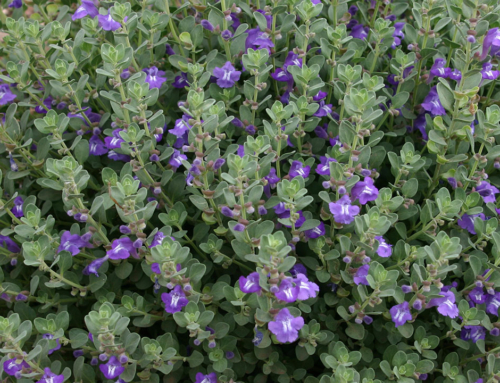By Larry Cipolla, Hennepin County Master Gardener
Our weather pattern is changing. Remember the good old days of freezing cold, snow then crystal blue skies? Now we have freezing rain, cold, slushy snow, gray and overcast skies. Will the changes be long lasting? Will the changes be good or bad? Does anyone really know? Regardless, prepare to modify some of your traditional gardening practices. If we are in a warming trend (yes, we are), you will need to make some changes if you expect to have a bountiful harvest.
Most vegetables are categorized into two types: cool-weather and warm-weather. Cool-weather plants do well in the spring and fall, while warm-weather plants prefer plenty of sun and heat. That said, just because warm-weather plants can thrive in hot (and possibly drier) weather does not mean that they can stand too much direct sun or prolonged heat. And they need water, regardless. You can help your plants through the hotter, drier conditions.
As home gardeners, we should not become overly hysterical about whether we get our quota of sufficient rain in our vegetable garden. We can control the amount of moisture our plants receive by simply watering them. If nature is not supplying the moisture, give your plants plenty of water. If you use containers, you will need to water more frequently, perhaps every day depending on the weather, but that is not a hardship. Your plants will appreciate your extra efforts to keep them alive and well.
Here is a list of some herbs and vegetables that can tolerate drier conditions and higher temperatures.
- Amaranth (harvest and eat leaf amaranth like spinach)
- Arugula
- Asian Greens (a wide selection here)
- Asparagus. This is a perennial. You plant it once and let it grow in that same area. Don’t move it! A well prepared bed will produce spears for at least 15-20 years. And that is a cost effective bargain!
- Beans (bush and pole)
- Broccoli (Sun King Hybrid)
- Cabbage
- Chards
- Chinese Cabbages
- Cowpeas
- Cucumbers
- Dandelion
- Eggplant*
- Endive
- Garlic
- Leeks
- Lettuces (leaf varieties, harvest young and early in the season)
- Melons (cantaloupe, honey-dew, watermelons, etc.)
- Okra
- Onions (sets and plants)
- Peppers* (sweet and hot peppers)
- Pumpkins
- Rhubarb. This is a perennial and another cost effective bargain. Again, plant it where it can remain for a number of years. If you need to divide or move it, do it as soon as it breaks the surface in early spring)
- Spinach (New Zealand, Malabar)
- Squash (summer and winter)
- Sweet Corn (lots to choose from-white, yellow, yellow and white)
- Sweet Potatoes (Georgia Jet, Vardaman, Wakenda)
- Tomatoes (thousands to choose from-Solar Fire, Sun Leaper, Sunmaster, Equinox, many cherry varieties)
- Woody stemmed herbs (Oregano, Rosemary, Sage, Thyme, Winter Savory)
Mulching your plants will help retain moisture, keep the soil cooler, and keep weeds under control. Use grass clippings, straw, marsh hay, newspaper, and cardboard. You can plant cool weather crops such as lettuces, radishes, and salad greens, but plant them early in the season and harvest them earlier, before the hotter, drier weather appears.
If you grow chards and dandelions, do not remove the whole plant. Cut it about 2” above the soil line for a continuous crop. Cabbage? Remove the head about 2” above the soil line. The plant could produce 3 to 4 baseball sized heads later in the season.
*Tomatoes, Peppers, and Eggplants are heat loving plants. However, you will notice blossoms dropping and lower yields when the daytime temperatures remain above 95 degrees and night time temperatures remain above 85 degrees for an extended period of time, e.g., several concurrent days. In addition, the fruit can develop sunscald if exposed to too much direct sun.
You can provide some relief from the heat by using shade cloth to protect your eggplants, peppers, and tomatoes. No need to buy anything fancy. Purchase the porous shade cloth that you use to cover a dog kennel. Depending on the product, shade cloth can lower the temperature by approximately 5-15 degrees. Place the shade cloth on the south side of your plants. In addition, place taller plants, such as tomatoes or corn on the south side of your lettuce, chards, and endive. This will create some shade and slightly lower temperatures.
Many vegetables will tolerate brief periods of higher heat and lower moisture conditions. This list will give you a starting point for selecting herbs and vegetables that typically are more naturally tolerant to drought and higher temperatures.
Questions? Comments? Please contact me at larryc@cci4360.com.




